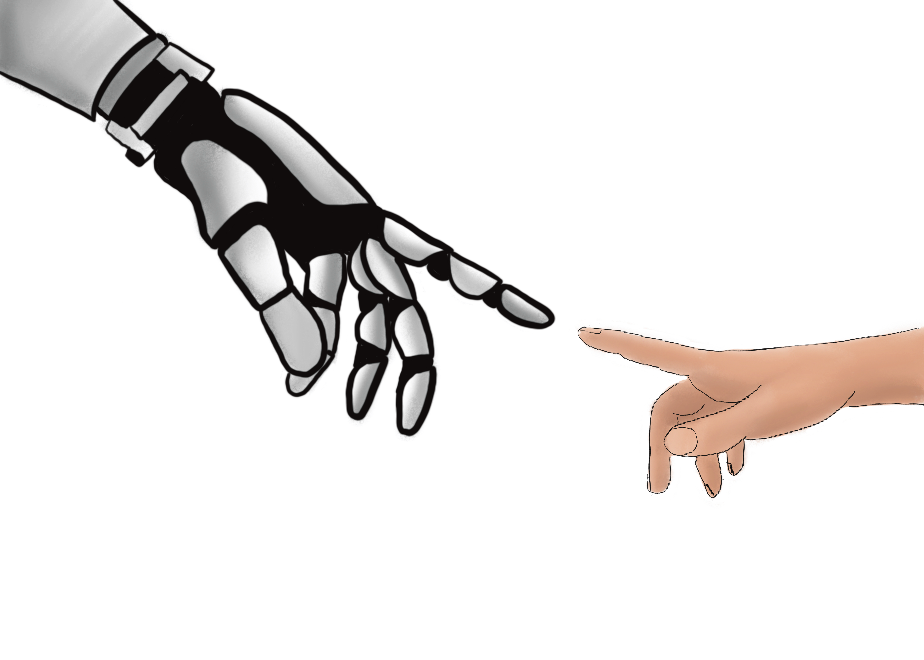In personal injury law, lawsuits play an essential role in helping people seek compensation for harm caused by someone else’s negligence. Over time, this area of law has become a key part of the legal system, enabling people to seek justice and financial relief for their losses. With healthcare costs rising and insurance policies becoming more complex, understanding the basics of personal injury lawsuits is increasingly important. These cases cover a range of situations, like car accidents and slip-and-fall injuries, and can have a major impact on individuals and society.
Starting a personal injury lawsuit can feel overwhelming. The process is often filled with legal terms and complex steps that might be confusing. Each stage of a personal injury lawsuit is broken down here, offering a clear path through the process. From the initial steps of filing a lawsuit to gathering evidence, pre-trial motions, the trial itself, and the possibility of appeals, every phase is explained in simple terms to help readers prepare for what lies ahead.
Filing the Lawsuit: First Steps
Starting a personal injury lawsuit begins with filing a formal complaint in court, which marks the official start of legal proceedings. Before that, gather all evidence related to the incident—photos, medical records, witness statements—as this builds the case’s foundation.
Partnering with an experienced personal injury attorney is essential; they’ll offer guidance, help identify relevant legal precedents, and develop a case strategy tailored to your needs. Ensuring all documentation is prepared accurately is equally important, as even minor errors can lead to setbacks or delays.
Discovery Process: Unveiling the Details
In the discovery phase of a personal injury lawsuit, both sides gather and exchange essential information to build strong cases. Plaintiffs often participate in depositions, where, under oath, they answer detailed questions posed by the opposing counsel. What’s more, they respond to interrogatories, written questions requiring specific, detailed answers that clarify each party’s claims and defenses.
Document requests demand plaintiffs to provide relevant evidence, often leading to disputes over what should be shared. This phase includes reviewing records, photos, and witness statements to fully understand the incident. Though sometimes intrusive, discovery is essential for revealing facts that may significantly impact the lawsuit’s final outcome.
Pre-Trial Motions and Hearings
In the lead-up to trial, pre-trial motions and hearings are vital in shaping how the lawsuit unfolds. These proceedings let both parties and the court address key preliminary issues—like determining what evidence is admissible or resolving disputed points through summary judgment motions. Outcomes vary, from dismissing certain claims outright to requiring new evidence.
Hearings also offer a platform for both sides to present arguments before a judge, who then decides on these impactful matters. This phase serves as a strategic arena where attorneys maneuver to either reveal or limit evidence that may influence the trial’s outcome. For plaintiffs, mastering these pre-trial steps can open paths to early settlements, clarify potential challenges, and refine their approach, setting a stronger foundation for either a resolution or a courtroom confrontation.
Trial Proceedings: Presenting Your Case
As the courtroom doors open, the trial phase of a personal injury lawsuit begins—a time where both sides present their main arguments to seek justice. The trial starts with jury selection, where attorneys work to form a fair and unbiased panel to decide the case. Once the jury is chosen, opening statements set the tone, with attorneys outlining their cases and previewing the evidence and key points they aim to prove.
The core of the trial unfolds with witness testimonies, where witnesses share their accounts and face cross-examinations to support or question claims. Expert witnesses may also testify, adding specialized insights on complex issues. As testimonies complete the picture, the trial moves to closing arguments, where each side summarizes their case, highlights key evidence, and appeals to the jury’s sense of justice. These final statements close the trial, leaving the jury to decide the outcome.
Post-Trial and Appeals: Final Steps
After a verdict is reached, the legal process might not end there. It can continue with post-trial motions and appeals, which are the final steps in a personal injury lawsuit. These post-trial motions can include requests to change or challenge the verdict, like asking for a new trial or adjusting the awarded damages. If a party believes there were legal mistakes in the trial, they may file an appeal.
This is a detailed and often lengthy review by a higher court. Appeals require careful thought, as they depend on specific legal grounds and often require substantial resources. For plaintiffs, this phase can provide a chance to overturn an unfavorable decision or strengthen a favorable one, but it also means continued uncertainty and legal costs.
Managing a personal injury lawsuit involves a series of carefully structured steps, each vital for building a strong case and achieving a fair resolution. From filing the initial complaint and gathering evidence to undergoing trial proceedings and potential appeals, each phase requires attention to detail and strategic thinking. With a clear understanding of this process and strong legal support, plaintiffs can confidently work through the complexities, striving toward justice and appropriate compensation. Through preparation and persistence, individuals can effectively manage the legal challenges, ultimately paving the way for recovery and closure.
























































































































